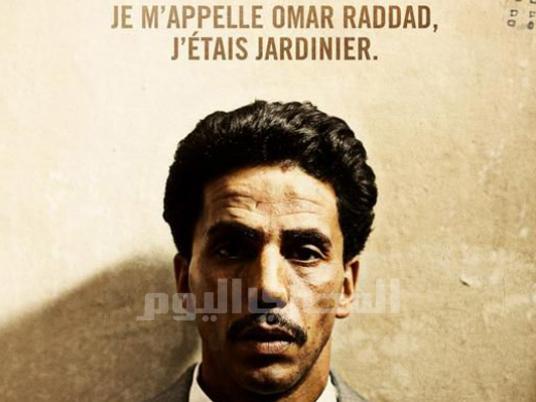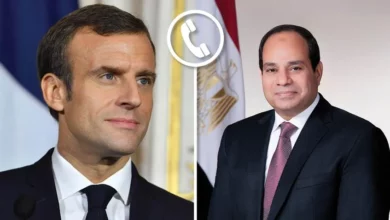
Tangier, Morocco─The 13th Tangier Film Festival, which kicked off on 12 January, showcased the latest short and feature-length productions in Moroccan cinema. Held in the seaside city until 21 January, this year’s festival is showing a selection of 44 films.
Among the feature-length films that stood out is the French-Moroccan production, “Omar Killed Me,” directed by Moroccan filmmaker and actor Roschdy Zem.
The film is based on the true story of Omar Raddad, the Moroccan gardener, who was accused in 1991 of killing his French employer, Ghislaine Marchal, in Mougins in southern France. Raddad was arrested based on a message found in the bathroom where Marchal was killed. The message, “Omar Killed Me,” was written in blood.
Raddad stays in prison for seven years, despite a lack of concrete evidence against him.
Unconvinced by the court ruling against Raddad, French journalist Pierre-Emmanuel Vaugrenard decides to carry out his own investigations. He later published his findings in a book that became the main reference for the four screenwriters of “Omar Killed Me:” Zem, French screenwriters Olivier Lorelle and Olivier Gorce, and Algerian filmmaker Rachid Bouchareb.
Due to the nature of the story, the filmmakers used a non-traditional documentary style, specifying the time and names of the places where the events took place and presenting the narrative in a nonlinear way, moving back and forth through time.
From the first scene, we realize that the filmmakers want viewers to believe in Raddad’s innocence. The film opens with Raddad standing with his little son in the balcony and watching police cars racing through the street toward his building. Raddad does not try to escape. In fact, the viewers don’t realize that the police are coming for Raddad until they storm his flat and violently arrest him in front of his family.
With these two scenes, the film sheds doubt on the case against Raddad and creates sympathy with him, a tone that continues throughout the film.
Vaugrenard’s investigations are contrasted with scenes from the trial, headed by a judge who appears biased against Raddad and seeks to condemn him just because he is Arab.
By following Vaugrenard, the film seeks to expose racial discrimination in France. Vaugrenard has strong reasons to believe that the case was fabricated. Marchal supposedly used her blood to write the message on the wall, while the crime scene was dark when the crime was committed. So, how could she have written such a clear message while taking her last breath in the dark?
“Omar Killed Me” also deals with Raddad’s prison experience in an unconventional way. Western films usually highlight clashes and conflicts between Arab and Western prisoners and guards. But it is clear here that most of the characters, whether Arab or French, sympathize with Raddad.
Still, some scenes in the film could be counter-intuitive, like the ones showing Raddad hospitalized after falling ill. We see him imagining himself walking astray in the desert. This scene is strange when compared to the documentary style the filmmakers adopted, recounting the story from a witness’s perspective rather than the psyche of the protagonist. Here, it seems that the filmmakers wanted to elicit sympathy for Raddad by highlighting his psychological distress, and of course they chose the desert as a setting because Raddad is Arab. But the scene comes off as exaggerated, and harms the relationship the filmmakers try to develop between Raddad and the viewers.
Also, a number of scenes in the film seem copied from “The Messenger,” a French film screened at the Cannes Film Festival two years ago. We see Raddad attempting suicide by swallowing a razor blade while in prison, and later we see him kept naked in solitary confinement so as to prevent him from attempting suicide again. While reflecting his psychological distress, Raddad is shown sitting on the ground, shivering and watching a cockroach climbing the wall of the prison cell. These scenes distract the viewers, pressing the film into unnecessary comparisons with other films with different contexts and ideas.
It’s true that the film didn’t break new ground in the case, but its focus on the tragic side of Raddad’s story is a clear attempt to shed light on what European racism toward Arabs can lead to.
The life of Raddad was completely shattered, and all his energy was consumed in trying to defend himself against a crime he did not commit. In the last scene, a girl sitting next to Raddad on the bus asks him, “Are you Omar Raddad?” He responds, “No, I am not.” He lays his head on the window, and the viewer feels he has lost himself. He is no longer the same person. So who is it that’s been murdered?
Ramy Abdel Razik is a jury member of the short film competition at the Tangier Film Festival.




